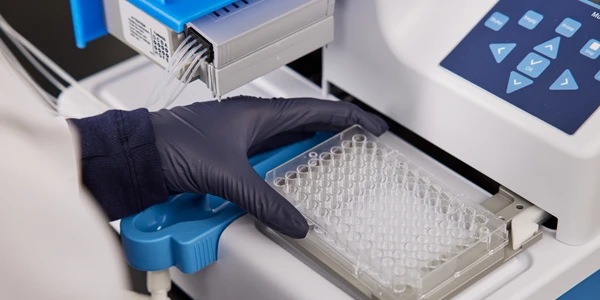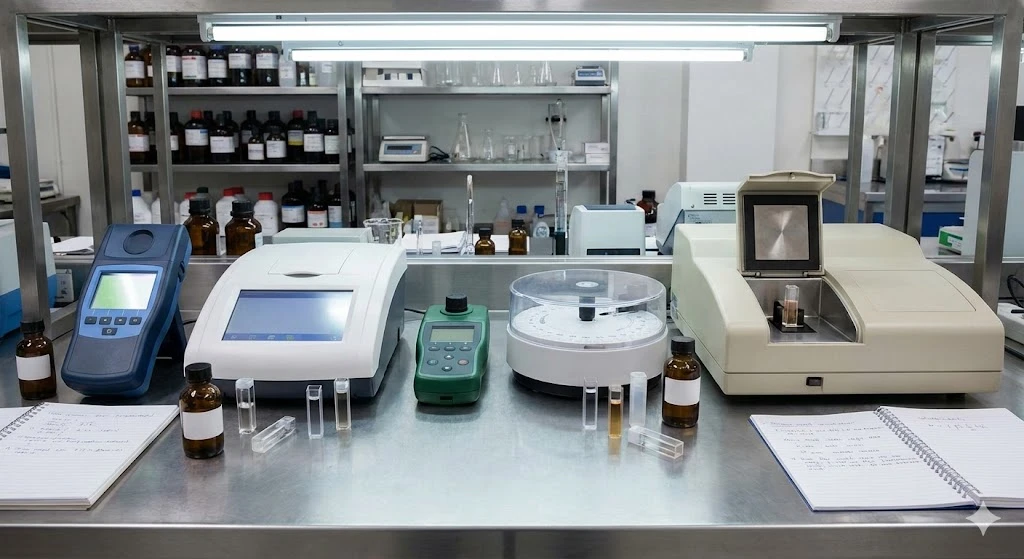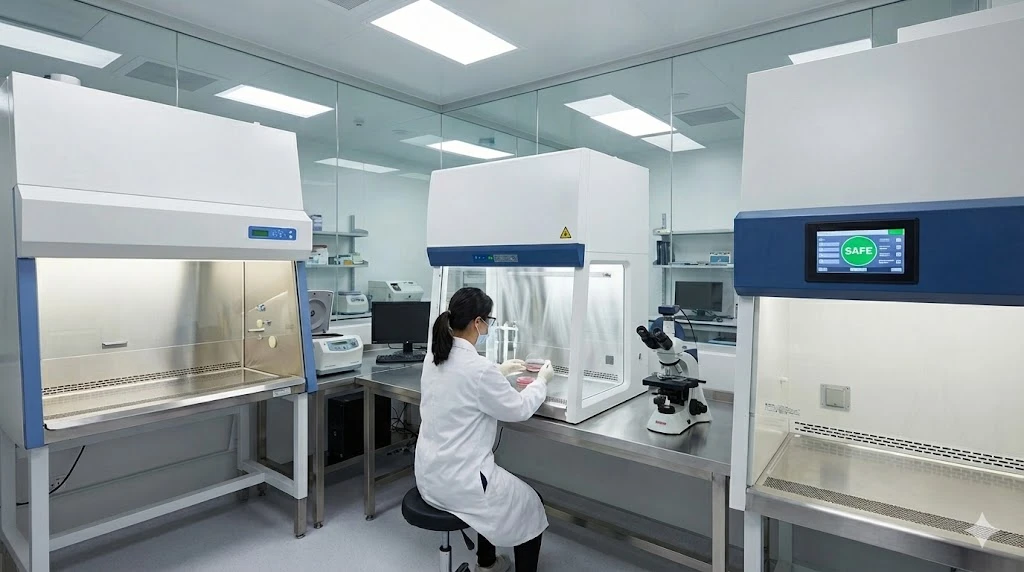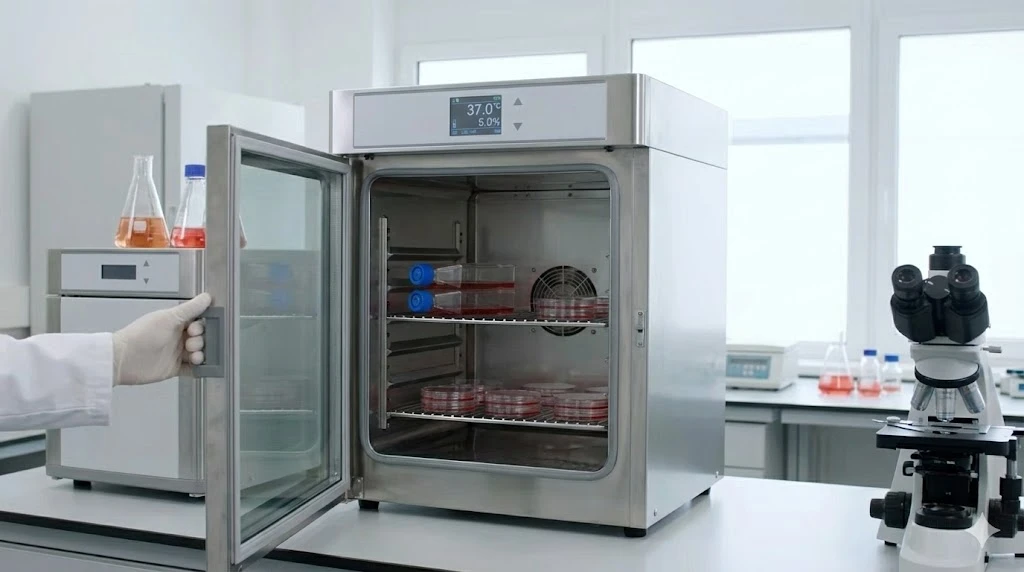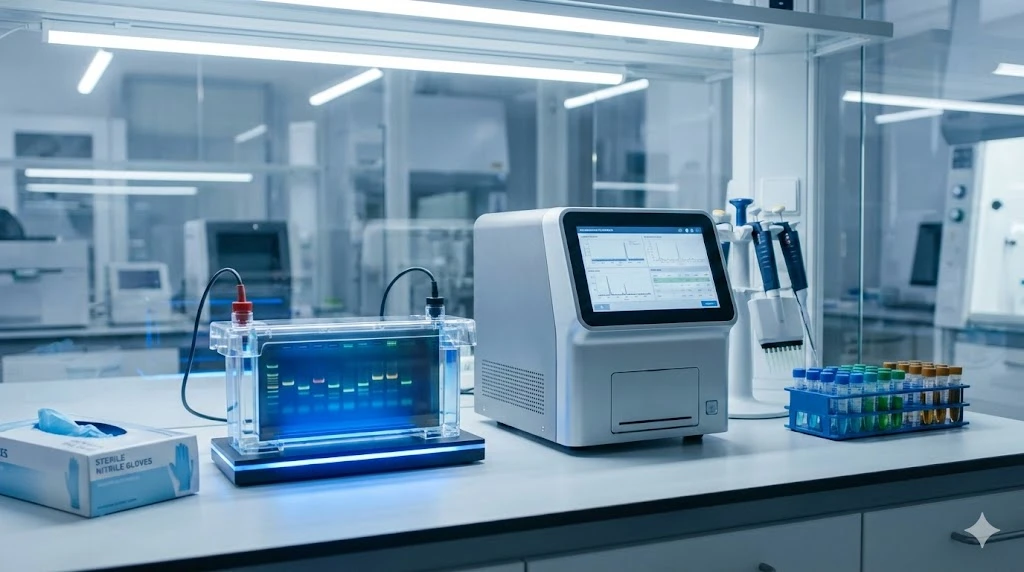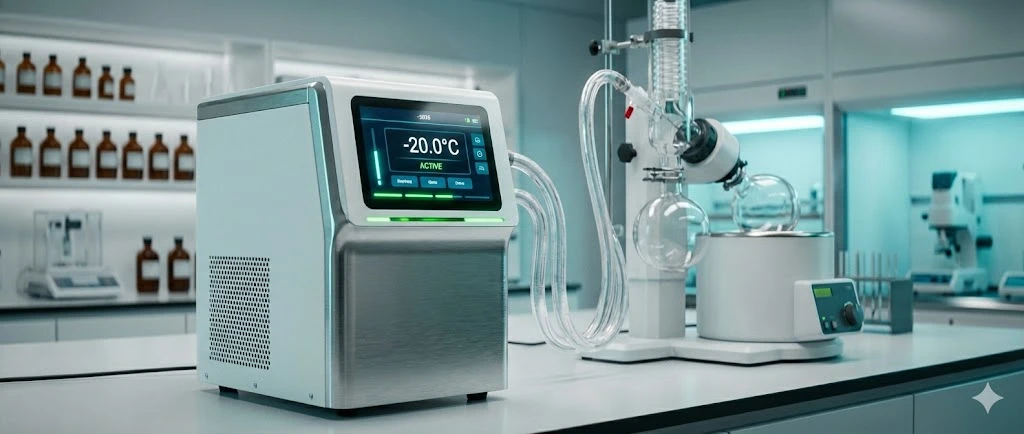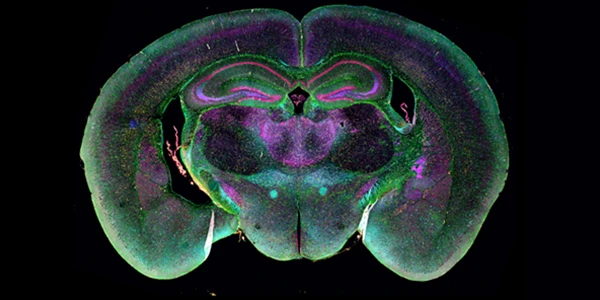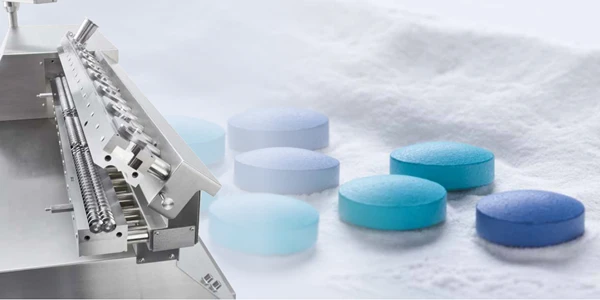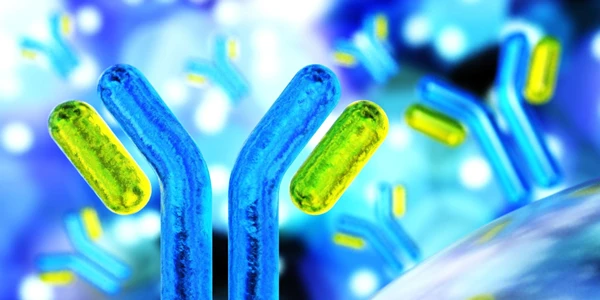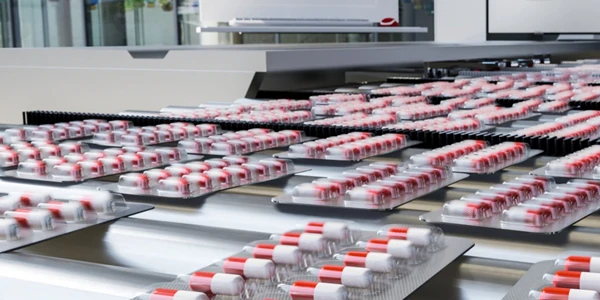Method Development for Capillary Electrophoresis: Optimization Strategies
GEMINI (2025) Capillary electrophoresis (CE) represents an indispensable tool in modern analytical laboratories, particularly for the high-resolution separation of complex matrices, including pharmaceuticals, biologics, and small molecules. Effective method development for capillary electrophoresis systems is not merely a procedural requirement but a critical process that determines the accuracy, precision, and efficiency of subsequent analyses. Unlike traditional chromatographic techniques, CE relies heavily on the synergistic manipulation of electroosmotic flow (EOF) and electrophoretic mobility, making the systematic optimization of separation parameters paramount. A rigorous capillary electrophoresis method development approach ensures analytical results are reliable, repeatable, and fit for purpose, maximizing the utility of the instrumentation and the expertise of laboratory personnel. The choice and optimization of the background electrolyte (BGE) are perhaps the most significant factors governing separation success in capillary electrophoresis. The BGE composition directly influences the electric field strength, the magnitude and stability of the electroosmotic flow (EOF), and the electrophoretic mobility of the analytes. A poorly chosen BGE can lead to peak broadening, poor resolution, or excessive analysis times. The goal of buffer optimization during method development is to achieve baseline separation of all critical components while maintaining acceptable analysis speed. The pH of the BGE determines the ionization state of both the analytes and the capillary wall silanol groups. Since electrophoretic mobility is dependent on the net charge of the molecule, adjusting the pH allows for fine-tuning of separation selectivity. For acidic analytes, increasing the pH generally increases the negative charge, leading to faster migration toward the cathode (in normal polarity). Conversely, for basic analytes, decreasing the pH increases the positive charge. Ionic strength, regulated by the concentration of the buffer salt, affects both electrophoretic velocity and efficiency. Increasing the ionic strength generally lowers the electrophoretic velocity and enhances efficiency by reducing heat generation (Joule heating), which prevents thermal band broadening. However, excessively high ionic strength can suppress the EOF and increase the current, necessitating careful balance. Typical BGE concentrations for initial method development range from 20 mM to 100 mM. Various additives can be incorporated into the BGE to enhance separation selectivity, making them vital components in advanced capillary electrophoresis method development. Chiral Selectors: For separating enantiomers, selectors such as cyclodextrins (neutral or charged derivatives) are added to the BGE. The enantioseparation is based on differential temporary inclusion complexation between the selector and the chiral analytes. Ion-Pairing Reagents: Ionic surfactants, like sodium dodecyl sulfate (SDS) for micellar electrokinetic chromatography (MEKC), form micelles that act as a pseudostationary phase. This introduces a partition mechanism, allowing the separation of neutral compounds, which are otherwise indistinguishable in free-solution CE. Organic Solvents: Modifiers like methanol, acetonitrile, or isopropanol can be added to alter the relative hydrophobicity of the analytes and the micellar phase (in MEKC), significantly affecting mobility and resolution. The untreated fused-silica capillary wall contains silanol groups that ionize at moderate to high pH, leading to surface adsorption of basic analytes. This adsorption results in peak tailing, decreased efficiency, and poor reproducibility, presenting a major challenge in method development. Capillary coating and surface modification techniques are implemented to mitigate these issues and stabilize the electroosmotic flow. Coating strategies fall broadly into two categories: dynamic and permanent. Coating Type Principle Advantages Disadvantages Dynamic Additives in the BGE adsorb to the wall, forming a protective layer that neutralizes or reverses the charge. Easy to implement, flexible, easily reversible during method optimization. Coating stability is concentration-dependent; may require constant BGE replenishment. Permanent Chemical modification of the silanol groups, covalently bonding a polymer or silane derivative to the wall. High stability, robust reproducibility, resistant to solvent changes. Difficult to implement, high initial cost, irreversible once applied. A common dynamic coating strategy involves adding polycations (e.g., Polybrene) or neutral polymers (e.g., hydroxypropyl methylcellulose) to the BGE. These agents can effectively suppress the interaction between positively charged analytes and the negatively charged wall, thereby reducing tailing and enhancing peak symmetry. This aspect of capillary electrophoresis method development is crucial when analyzing peptides, proteins, or basic drugs. The ultimate success of a capillary electrophoresis separation relies heavily on introducing a sufficiently narrow sample plug onto the capillary for high efficiency. Incorrect sample preparation or injection can lead to excessive band broadening, dilution of the analyte, and inadequate sensitivity. The sample matrix often contains components (salts, proteins, high concentrations of excipients) that can interfere with the separation mechanism or lead to poor injection reproducibility. During method development, it is often necessary to incorporate sample cleanup steps such as solid-phase extraction (SPE), liquid-liquid extraction (LLE), or precipitation. The extracted sample should ideally be dissolved in a matrix that matches the BGE composition as closely as possible to minimize conductivity mismatch effects. CE is inherently a concentration-sensitive technique due to the small sample volume injected. To enhance the limits of detection, various in-capillary focusing techniques, collectively known as sample preconcentration, are applied. These strategies are integral to high-sensitivity capillary electrophoresis method development: Large Volume Injection (LVI): Simply injecting a larger volume than typical. This requires minimizing band broadening during the injection process. Stacking (or Field-Amplified Sample Stacking, FASS): The sample is prepared in a matrix of significantly lower conductivity than the BGE. When the electric field is applied, the high resistance at the boundary causes a localized increase in the electric field, accelerating the ions and stacking them into a very narrow zone at the BGE interface. Isoelectric Focusing (IEF): Used primarily for proteins and amphoteric compounds, where analytes migrate in a pH gradient until they reach a point where their net charge is zero (their isoelectric point, pI), resulting in extremely high resolution. Joule heating, the heat generated by the passage of current through the electrolyte, is an unavoidable phenomenon in capillary electrophoresis. If not properly controlled, excessive heating creates radial temperature gradients within the capillary, leading to variations in buffer viscosity and, consequently, non-uniform electrophoretic mobility. This results in parabolic flow profiles and significant band broadening, severely impacting the efficiency achieved during method development. The applied voltage is the primary driver of the separation speed and efficiency. Higher voltages decrease analysis time and increase efficiency (due to the reduced time available for diffusion), but they simultaneously increase Joule heating. A systematic optimization approach involves running a voltage study to determine the maximum voltage that can be applied without exceeding the thermal dissipation capacity of the instrument, often indicated by excessive current or a nonlinear current-voltage relationship. During capillary electrophoresis method development, the current limit should be maintained well within the stable operating range. Typically, the internal temperature of the capillary is kept stable through forced-air or liquid-cooling mechanisms. Monitoring the current is a reliable way to assess the thermal status of the system. An escalating current profile or current instability often signals a thermal issue or bubble formation, requiring a reduction in voltage or adjustment of the BGE conductivity. While voltage controls the electric field strength, the capillary dimensions influence the total resistance and the length over which separation occurs. Reducing the internal diameter (ID) of the capillary minimizes the impact of Joule heating due to better surface area-to-volume ratio for heat dissipation. However, smaller IDs also reduce the detection path length, lowering sensitivity. Conversely, increasing the total length enhances separation power but increases analysis time and requires a higher voltage to maintain the same electric field strength. The strategic selection of capillary dimensions is a foundational step in robust method development. The final stage of capillary electrophoresis method development involves validating the robustness and reproducibility of the optimized procedure. Robustness, the capacity of a method to remain unaffected by small, deliberate variations in method parameters (e.g., slight changes in BGE pH, temperature, or voltage), is typically assessed using techniques like design of experiments (DoE). Documenting the entire optimization process, from buffer selection to injection parameters, ensures that the resulting capillary electrophoresis method is easily transferable and performs consistently across different instruments and operators. This systematic approach is essential for achieving long-term analytical reliability. What is the role of EOF in CE method development?
Electroosmotic flow (EOF) is critical in capillary electrophoresis method development because it dictates the bulk flow of the BGE within the capillary. It controls both the migration direction and speed of all analytes, regardless of their charge, and is manipulated via BGE pH and the use of surface-modifying additives to achieve optimal separation windows. How does field-amplified sample stacking (FASS) enhance sensitivity in CE?
FASS is a key technique in advanced capillary electrophoresis that enhances sensitivity by concentrating analytes. It works by having the sample in a low-conductivity matrix, creating an area of high electric field when voltage is applied. This high field forces the ions to accelerate and stack into an extremely narrow zone at the boundary with the higher-conductivity BGE, improving detection limits dramatically. Why is Joule heating a primary concern in CE optimization?
Joule heating is a primary concern during CE method development because the heat generated by the applied current creates undesirable temperature gradients across the capillary diameter. These gradients cause non-uniform buffer viscosity, leading to thermal band broadening, reduced separation efficiency, and ultimately, poor reproducibility of the capillary electrophoresis run. What is the difference between dynamic and permanent capillary coatings?
Dynamic coatings involve additives in the BGE that temporarily adsorb to the capillary wall to stabilize or suppress the EOF, offering flexibility during method development. Permanent coatings involve covalent chemical modification of the capillary surface, providing a highly stable and robust surface that is less sensitive to BGE changes but is harder to implement. This article was created with the assistance of Generative AI and has undergone editorial review before publishing.
Electrolyte Selection and Buffer Optimization for Separation Efficiency
pH and ionic strength
Additives for selectivity manipulation
Capillary Coating and Surface Modification Strategies
Dynamic versus permanent coatings
Optimized Sample Preparation and Injection Techniques
Sample matrix effects and cleanup
Strategies for sample focusing (preconcentration)
Control of Thermal Effects and Applied Voltage
Voltage and current optimization
Capillary length and dimension considerations
Achieving Robust and Reproducible CE Methods
Frequently Asked Questions About Capillary Electrophoresis Method Development
